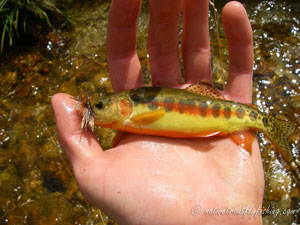

The agency also partners in innovative efforts that help both communities and wildlife. Partnerships enable the agency to leverage habitat improvements on an additional 200,000 acres of national forest lands. Since national forests often represent intact, connected habitat, they are often the only suitable remaining habitat for recovery and reintroduction of rare creatures, and they form the backbone of many large-scale conservation plans.Ĭuts would also severely diminish the Forest Service’s ability to foster conservation partnerships.

that persist because of the havens provided on national forest lands would also be affected, including grizzly bear, wolverine, elk, Canada lynx and bighorn sheep. Cuts of just ten percent could also prevent the Forest Service from moving forward with its plans to improve wildlife habitat on 25,000 acres of national forests, including habitat for imperiled wildlife such as the red-cockaded woodpecker, salmon and Pacific fisher. These would be some of the first efforts to fall to the wayside if the program’s budget is cut any further. Of the many species on Forest Service lands listed under the Endangered Species Act, more than 100 wildlife species and more than 150 plant species are currently considered priorities for recovery efforts.


 0 kommentar(er)
0 kommentar(er)
